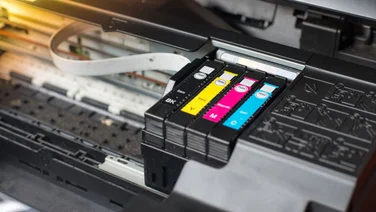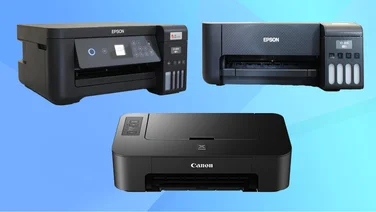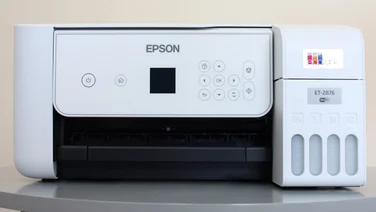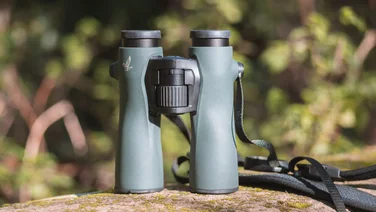To help us provide you with free impartial advice, we may earn a commission if you buy through links on our site. Learn more










The Nikon P7100 is part of a small niche of compact cameras aimed squarely at photography enthusiasts. It’s not just the proliferation of buttons and dials that set it apart from consumer-oriented cameras – it’s also the premium quality lens and 1/1.7in sensor, which has 50 per cent more surface area than the usual compact 1/2.3in sensors.

It’s not so long ago that we reviewed the Nikon Coolpix P7000, which generally impressed us but fell down on performance, particularly in the lethargic response of its controls and menus. With the P7100, Nikon has largely ironed out these issues; there was negligible button-response lag. That’s a crucial improvement, as a camera with five dials and 11 buttons really should be able to deliver quick access to settings.
There’s one more dial than on the P7000, mounted flush with the front of the camera. We can’t help thinking that Nikon has got slightly carried away here, and the implementation of these controls has some room for improvement. Ultimately, though, experienced photographers will relish this level of hands-on control. The superb 3in, 921,000-dot screen now tilts up and down, further diminishing the benefit of the small, rather blurred optical viewfinder.

It’s disappointing that shot-to-shot times haven’t significantly improved. We measured 1.7 seconds between shots in normal use, or 2.7 seconds in raw mode – only fractionally faster than the P7000. Continuous mode was actually slower, down from 1.4fps to 1.1fps for JPEGs, and managing just three raw exposures at 0.8fps. Autofocus performance was excellent, coping particularly well in low light and at long focal lengths. Automatic exposure settings weren’t so hot in these conditions, though, with the ISO speed refusing to budge beyond 400 unless we adjusted it manually.
Most other aspects remain the same as the P7000, including the lens, sensor and 720p video mode. These are all good but not excellent by today’s standards. The lens is seriously sharp and its 7.1x zoom range is welcome, but various rival cameras including the newly announced Canon S100 have an f/2 aperture at the wide end of the zoom, capturing twice as much light as the P7100’s f/2.8 lens. The S100 also records 1080p video, which we consider to be a fairly basic expectation in a £400 camera.

Noise levels in low light is an area where this kind of camera has traditionally excelled, thanks to their relatively large sensors. However, things have moved on since the launch of the P7000. Canon’s latest 12-megapixel back-illuminated CMOS sensor, as featured in various compact cameras including the Canon PowerShot SX230 IS, displayed less noise at ISO 3200 than the P7100, despite the Canon’s sensor being physically smaller and having a higher resolution. The Canon S100 is more directly comparable to the P7100 and is likely to be even better still, as it uses the same CMOS sensor technology but in a larger 1/1.7in format.

The P7100 is also under threat from the falling cost of compact system cameras. £400 could buy you a Sony NEX-C3, which is in a different league to any of the cameras mentioned above for image quality. It doesn’t have the P7100’s large variety of controls, though, and it won’t slip into a jacket pocket.
Image noise levels aren’t the be-all and end-all, and in bright conditions the P7100 took beautiful photos. However, the whole point of having all those controls is to help the user get the best photos in any given situation. The fact that the P7100’s sensor puts it at a basic disadvantage compared to other £400 cameras – and various cheaper ones too – is hard to ignore.





